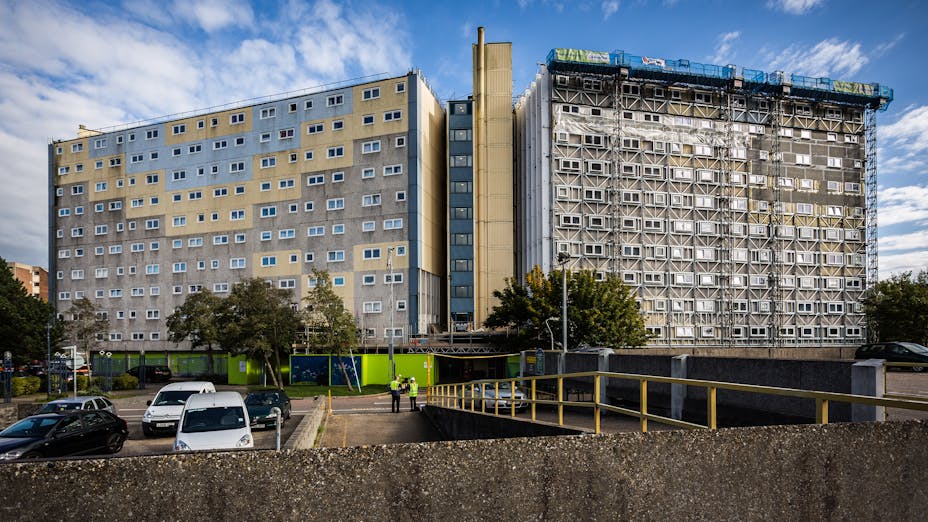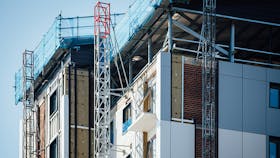The impact of energy efficiency
Do you know what energy poverty is and how it affects 15% of people in developed countries?
For most people, energy poverty is not a well known term, but it directly affects the world we live in. Defined as the lack of access to modern energy services that provide the ability to heat and cool homes, energy poverty makes a great portion of the world’s population susceptible to its negative impact.
The portion itself represents 15% of the population within developed countries. This is especially clear within the European Union (EU), where around 8% of the population is unable to heat their homes adequately (Eurostat, EU-SILC survey).
The biggest contributors to this major issue are energy efficiency and income. In the EU alone, two thirds of buildings were built when energy efficiency requirements were limited or not in existence. Most of these buildings will still be standing by the year 2050 (European Commission, 2016).
Furthermore, if an individual or family lives on low income wages in an out of date building, they are likely to pay a higher price to heat or cool their home due to the poorer energy efficiency of those structures when compared to the more modern building types typically found in newly developed areas. Living in a unbalanced temperature environment can potentially trigger mould growth, which can cause asthma and thus directly affect children. (Fraunhofer (2016b) and European Respiratory Society, 2013).
Sign up to receive our insights
Let us help you stay knowledgeable and up-to-date within the world of urban planning, climate change, health and much more.
Sign up



